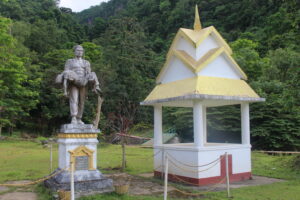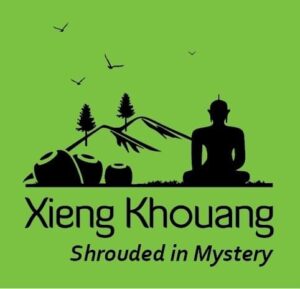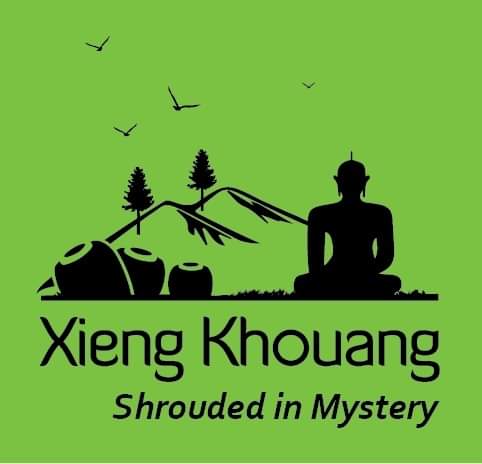Historical Sites

Sneak through a Secret Tunnel
Scale more than 1.000 steps to reach a secret passageway slicing through the summit of the PhouKheng Jar Quarry Site that played a strategic role for Pathet Lao forces during the Indochina War (1964-1973). The hardly climb passes an odd mix of bomb craters and unfinished or broken jars destined for Jar Site 1. The steps get steeper, but the reward is a magnificent view of the valley around Phonsavanh and the hidden entrance to a narrow 70 metre long, 1.6 metre high tunnel chiseled through rock that wind past reinforced concrete bunkers and sleeping quarters before exiting to a panorama of the Phoukoud Valley.


Piew Cave
ThamPiew Cave stands as a solemn monument to hundreds of innocent villager killed in a 1968 us missile attack. Today, the statue of a man, straining to hold his anger as the carries a lifeless child, call for an “annual Day of Remembrance”. First, go to the visitor centre and contemplate the display of photographs and history behind the bombings. You’ll read about the single shell that his the core of Piu Cave and claimed the lives of a reported 374 locals seeking shelter inside. Then, climb the upper staircase, which passes a golden Buddha, grave markers, and bomb craters, until your reach ThamPiu, a sad hillside hole with the rubble floor. Inside, locals light incense to play tribute to the dead. Back outside, the stairs descent to small restaurants, which after a respite for reflection.
Location: Take Route 6 north from Kham town for 2 km to Ban Bouam, turn left (west), and follow to the road the end.
Phoukoot District experienced much fighting during the Second Indochina Wars and war remains are abundant. Pathet Lao trenches can be seen near the main jar group. Take a stroll or drive through the village to the ancient stupa situated on an adjacent hill, to the southwest. Note also the jars along the road.
When some monks took a jar to the local temple for water storage, people in the village started to get sick and their health was restored only when the jar was returned to its original location. Another jar is believed to have healing qualities and villagers will bathe a sick child in its water to dispel the illness










 This Month : 1850
This Month : 1850 This Year : 7612
This Year : 7612 Total Users : 32693
Total Users : 32693 Views Today : 131
Views Today : 131 Total views : 63714
Total views : 63714 Who's Online : 2
Who's Online : 2